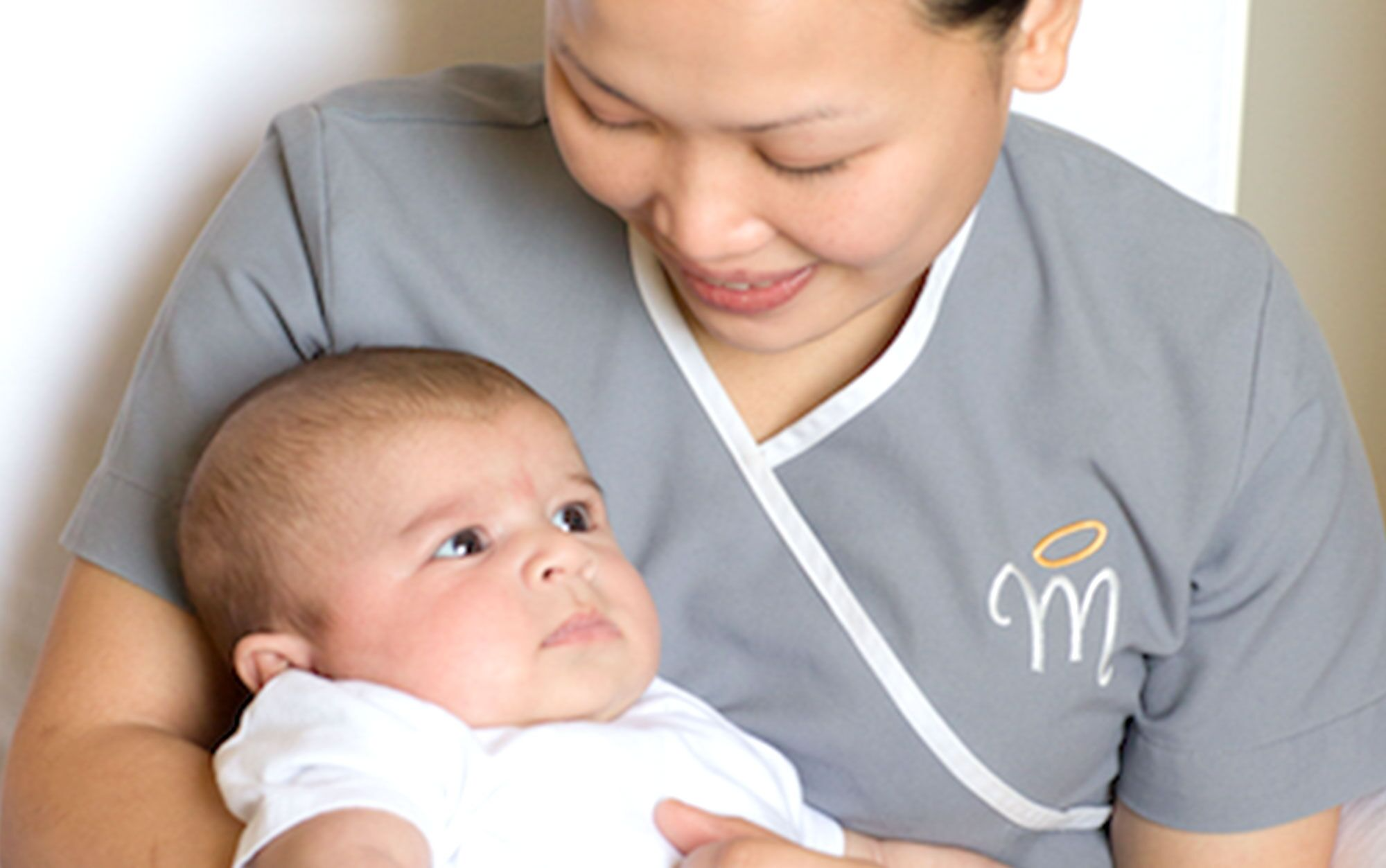
Pumping breast milk can be a valuable way to provide your baby with the benefits of breastfeeding while managing work or other commitments. To ensure that you effectively and efficiently pump breast milk, consider these best practices:
Choose the right breast pump
Selecting the right breast pump for breast feeding in Dubai is important for a successful pumping experience. Consider whether you need a manual or electric pump. Electric pumps, especially double electric ones, are often more efficient for regular use as they allow you to pump both breasts simultaneously, saving time. Ensure the pump you choose is comfortable, easy to clean, and suitable for your pumping needs.
Prepare for pumping
Before you start pumping, ensure you are in a comfortable, quiet environment where you can relax. Wash your hands and ensure that your pump and all its parts are clean and assembled correctly. Use a comfortable chair or cushion to support yourself during the pumping session.
Use proper pumping techniques
For effective milk expression, ensure that the breast shield or flange fits properly. It should create a good seal around your nipple without causing discomfort. Adjust the suction and speed settings on your pump to a level that is comfortable yet effective. Begin with a slower speed to stimulate milk flow, and then gradually increase the suction as milk starts to flow.
Store milk correctly
Proper storage of pumped milk is essential to ensure its safety and quality. Store breast milk in clean, BPA-free containers or breast milk storage bags. Label each container with the date and time of expression. Freshly pumped milk can be stored in the refrigerator for up to 4 days or in the freezer for up to 6-12 months. Follow guidelines for thawing and reheating milk to maintain its nutritional value.
Keep hydrated and nourished
Maintain a healthy diet and stay hydrated to support milk production. Drink plenty of water throughout the day and eat balanced meals to keep your energy levels up. Proper nutrition helps ensure that your body produces enough milk and supports overall well-being.
Clean pump parts thoroughly
After each pumping session, clean all pump parts that come into contact with breast milk, including flanges, bottles, and valves. Wash them in hot, soapy water and rinse thoroughly. You can also use a steam sterilizer or dishwasher if recommended by the pump manufacturer. Proper cleaning helps prevent the growth of bacteria and ensures the safety of your milk.

